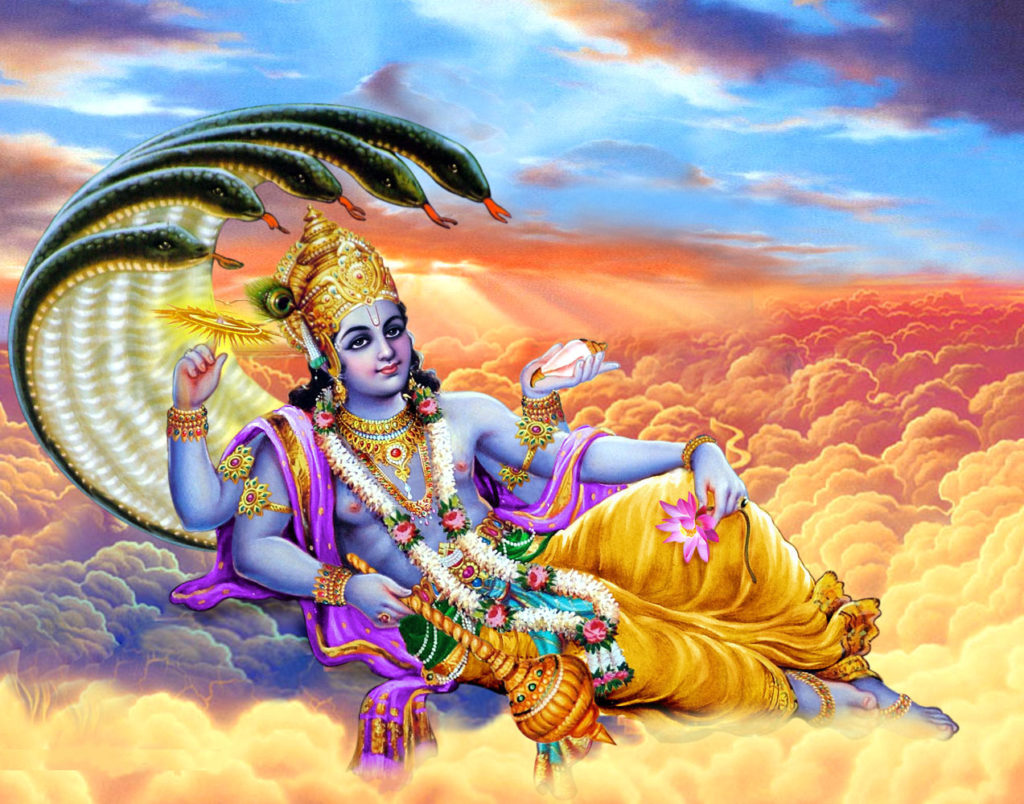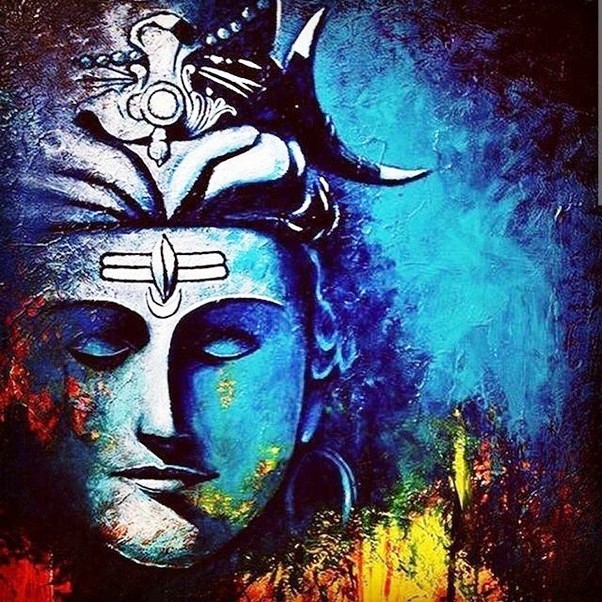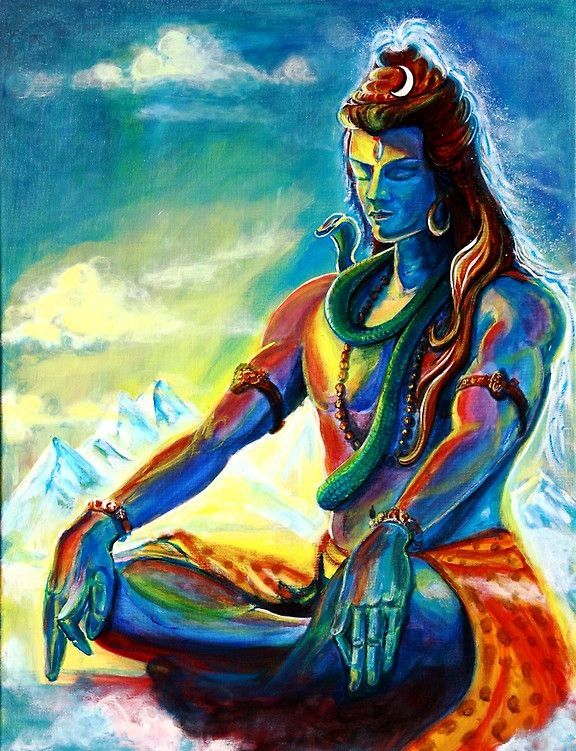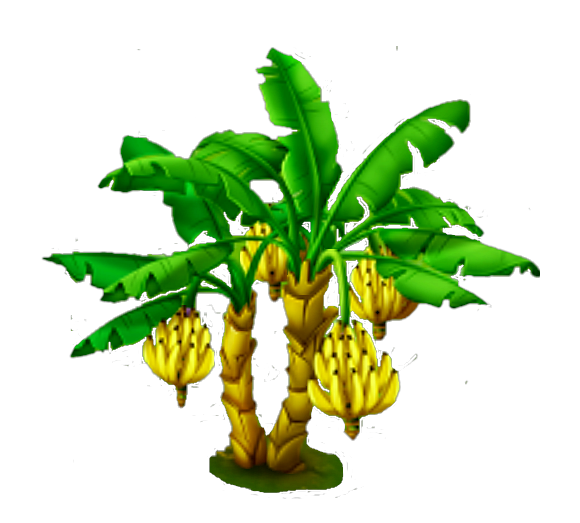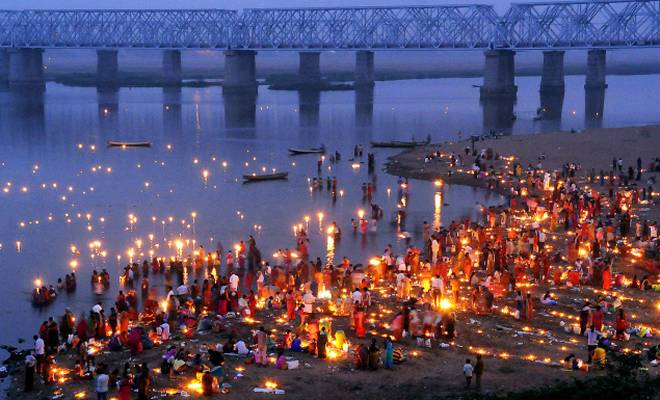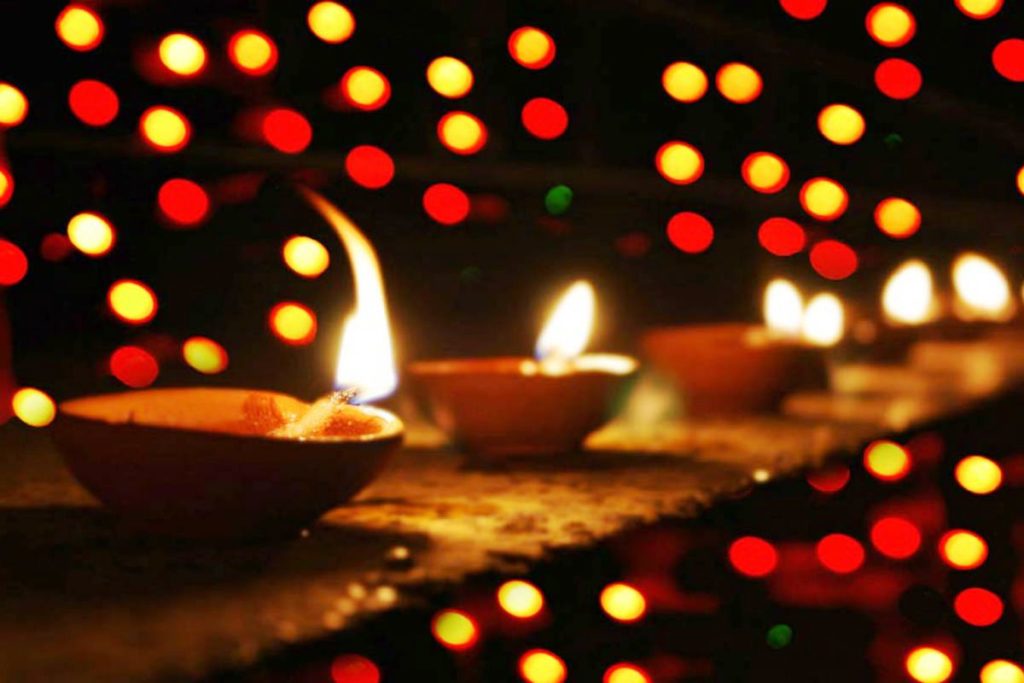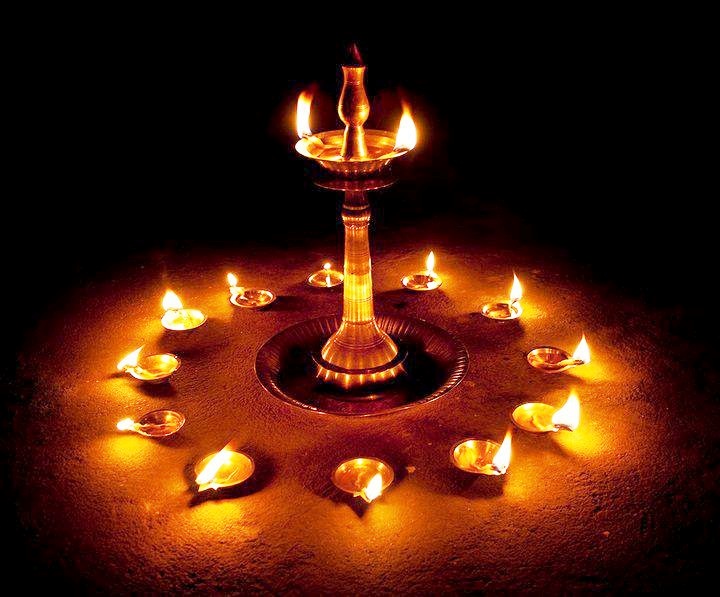Activities / Things to do during Karthika Masam
The Karthika Masam gives equal importance to both Lord Siva and Lord Vishnu. Through the ‘Deepaaraadhana’, the devotee finds not only the visible Jyoti in the lamp but also the invisible Jyoti that is all-pervading and everlasting.
The practice of good conduct and long austerity in the ‘Karthika Masa’ ushers in yielding the best results.
There are many rituals and vrathams associated with Karthika Masam. But the important ones that come to mind when the name Karthika Masam is mentioned are as follows.
Significance of Bath
During this month one should wake up before sunrise and bath in the river (if possible), and should light a diya in front of the Tulasi plant and also light a lamp in a temple.
Each day of this month is sacred / belongs to a particular Devatha and thus one should chant the name of the Lord and fast to seek God’s full blessings. It is said that even if you see the dhupam in the temple of Lord Siva and Lord Vishnu during Karthika Pournami, it will bring a lot of good to you.
Govinda namasmarana gives the devotees undefinable divine bliss. Gita Parayana is considered an important ritual during this month. Usually, the holy water of ‘Akasa Ganga’ is used for the ‘Abhishekam’ (sacred bath) to Lord Venkateswara in Tirumala.
Help the Needy
It is also a sacred month to give ‘danam’ to the needy and poor. Thus each day of Karthika Masam is special and auspicious.
Lighting of Diya
It is considered auspicious to light a diya in front of the Tulasi plant and front of the house as it brings good to us.
Nadi Snanam (Bathing in the river)
In this month Goddess of rivers – the Ganga enters into all rivers and makes them as pious as the Ganga.
In the month of Karthika, the dips in the holy rivers gain the utmost significance. Sacred bath washes all kinds of physical and mental impurities. It cleanses the astral and emotional feelings.
In the month of Karthika, the water is charged with special electromagnetic power before the Sunrise. So, taking a bath before sunrise cures stomach, liver and other general disorders. Taking a cold bath is always preferable to a hot water bath for obtaining ‘Punyam’.
While observing the baths in the Karthikamasa, one should recite the following sloka:
Karthikeham karishyami prathah
snaanam Janardhana|
Preethyartha tava devesha
Damodara maya sahah||
(Janardhana! Deveswara! Damodara! I am performing my early morning bath to please You and Goddess Lakshmi)
Vanabhojanam
Vanabhojana is also an important aspect of Karthika Masa. It is auspicious to take food under the ‘Amla’ tree in a forest or garden.
By doing so, devotees will get rid of all ‘Doshas’ which they accumulate by eating outside food without proper prayer.
It is believed that Lord Vishnu and Devi Lakshmi reside under Amla tree during this month. Hence people cook food, offer it to God and thus eat it under that tree.
Worship of Lord Shiva
Please click here for more information
Worship of Lord Vishnu
Please click here for more information
Satya Narayana Vratam
One of the easiest of all, this Vratam is done on Karthika pournami day to seek the blessings of Lord Vishnu.
Performing Ekadasa Rudra Abhishekam
Devotees of Lord Siva perform it for the whole month of Karthika.
Karthika Somavara Vratam
On all Mondays, one fasts for the whole day chanting Rudra Namakam to please Lord Siva.
Nattalu / Natta Vratam
One observes fasting for the whole day and eats only after seeing the stars. This process is performed for the whole month is called Natta Vratam / Nattalu.
Thus these are some of the major attributes to be performed in the Karthika Masam.
Karthika Masam is thus a very sacred month. It is the month of brightness. The lighting of Diya (deepam) brings brightness not only to the world around us but also lights the diya of “Gnana” within us. This month tries to teach us one simple. Truth – “Worshipping God is the best way to attain moksha”.
